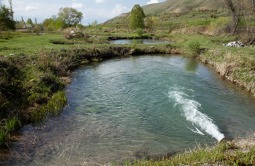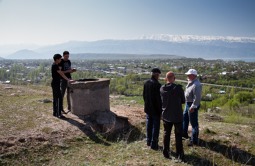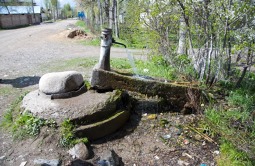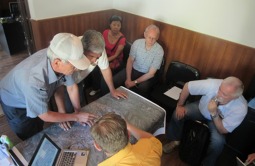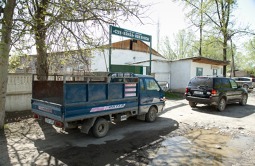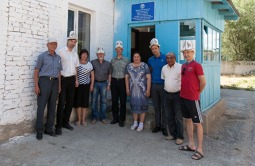Toktogul water sub-project
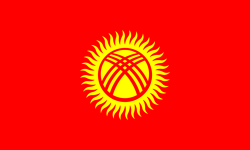
Kyrgyzstan
Project name: Toktogul water sub-project,
Feasibility study
Financed by: European Bank for Reconstruction and Development
(EBRD)
Implemented by: Ircon, s.r.o., Sweco Hydroprojekt a.s., K.S.
Solutions, Ltd.
Project partner: MPOE Suukanal
Implementation period: 04/2015 – 11/2015
The feasibility study for the Toktogul water sub‑project funded by the European Bank for Reconstruction and Development (EBRD) aimed to provide enough information to decide on the granting of a combined loan with a grant of 4–5 million euros. This loan, provided by the EBRD, was considered for the project partner – the city water company Suukanal for the reconstruction of the drinking water supply infrastructure. The study was developed under the Kyrgyz Republic Water and Wastewater Rehabilitation Framework Extension program.
Toktogul is a city located in the Jalal‑Abad province on the northern shore of the lake of the same name, with almost 19,000 inhabitants. A water supply network with a total length of 52.6 km was built in the city in the early 1970s. The source of drinking water is the Bala‑Chichkan River. The water from the river is regulated by passage through several sedimentation tanks and then distributed gravitationally to the network by a 11 km long cast iron pipeline. Manual chlorination of water is supposed to eliminate microbiological and biological pollution, but the human factor obviously reduces the effectiveness of this solution.
The water network has not been adequately maintained for many years due to lack of funding and has many problems, mainly related to frequent water leaks and supply shortages. They are most common especially in the summer months and are, apart from the obsolete piping, also caused by the large number of public distribution points, i.e. street pumps and connected pipes and hoses led out above the ground without proper closure, from which water flows continuously. As a result, the entire system is overloaded more than necessary and widespread and frequent water quality fluctuations occur.
Within the feasibility study, the data necessary to assess the situation with regard to the possible modernization and renovation of the water supply network was collected. A hydraulic model was developed to identify the bottlenecks in the water network for the first phase of repairs. Following the evaluation of the hydraulic model, a plan of priority investments was prepared based on the planned loan and the plan of long‑term investments as well. These plans should make it possible to improve the reliability of both water supply and water quality and economical operation while minimizing water waste. A financial analysis and a financial model were also prepared, which included, among other things, the amount of the tariff needed for both network maintenance and loan repayment. Evaluation of environmental impacts was an integral part of the feasibility study and the social aspect of the planned modernization of the water supply network was also assessed. The results of the study demonstrated the feasibility, which means the possibility to take a loan for the implementation of priority repairs and also demonstrated the ability to repay the loan in the context of the newly set water tariffs. The feasibility study will be followed by implementation phase of the project.

